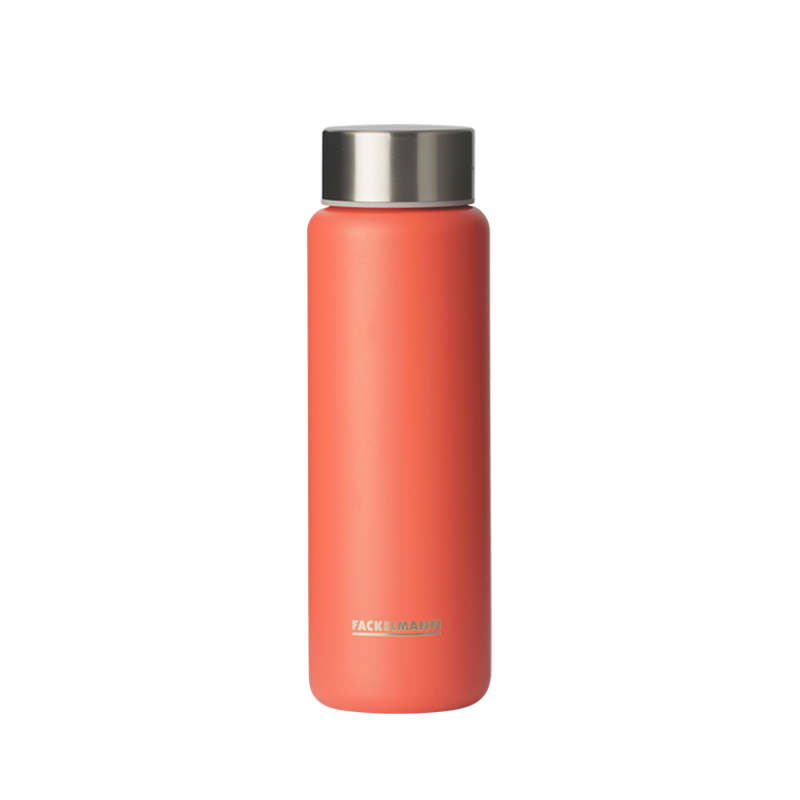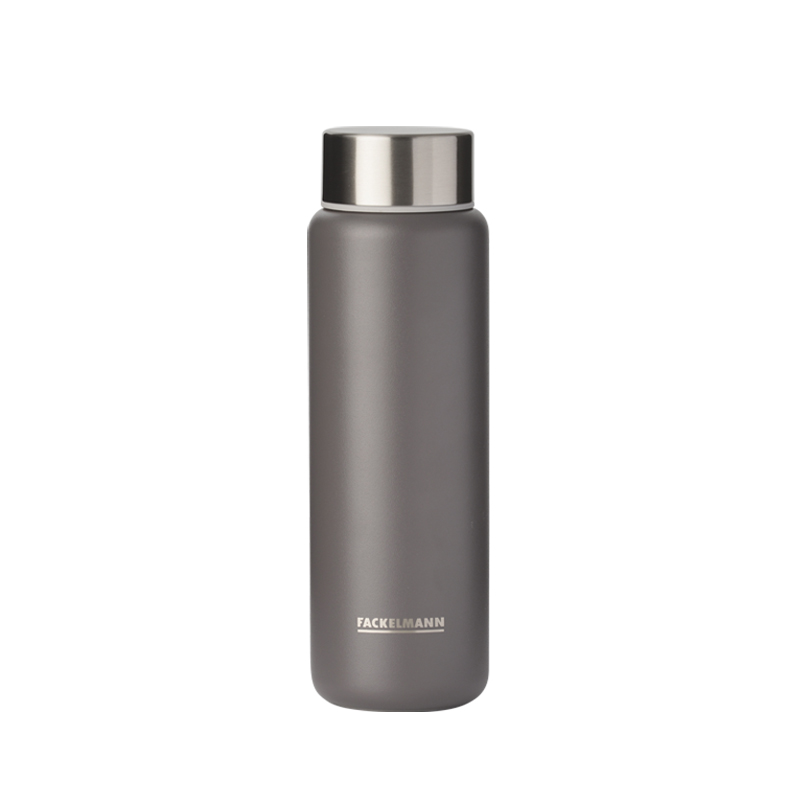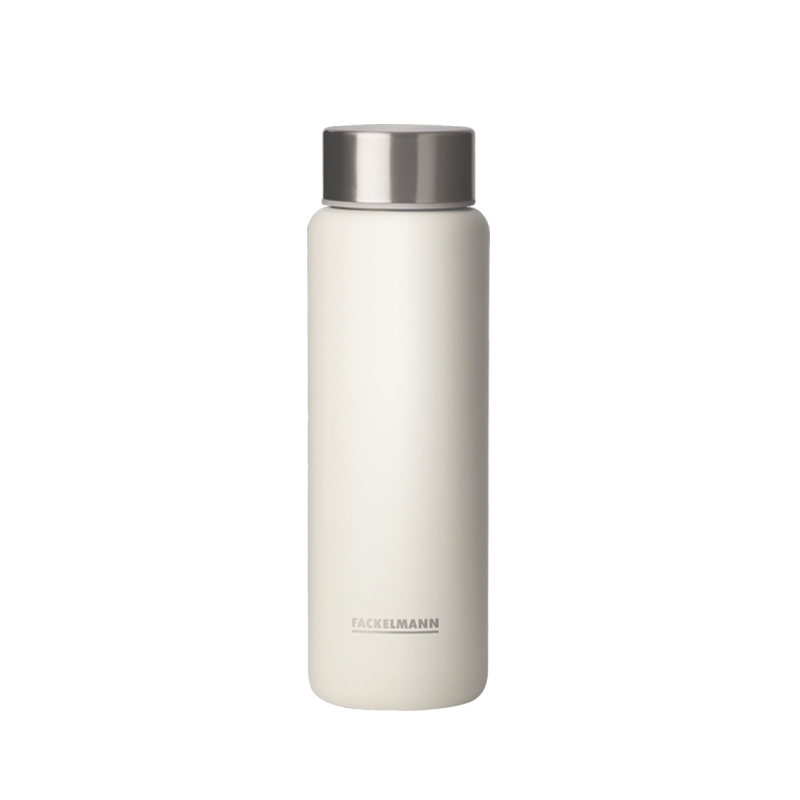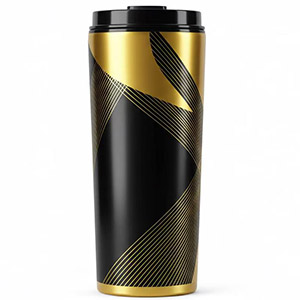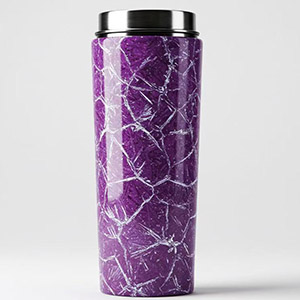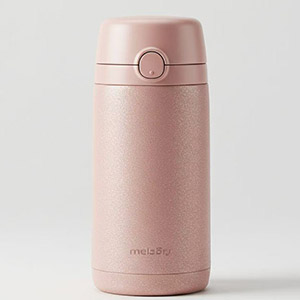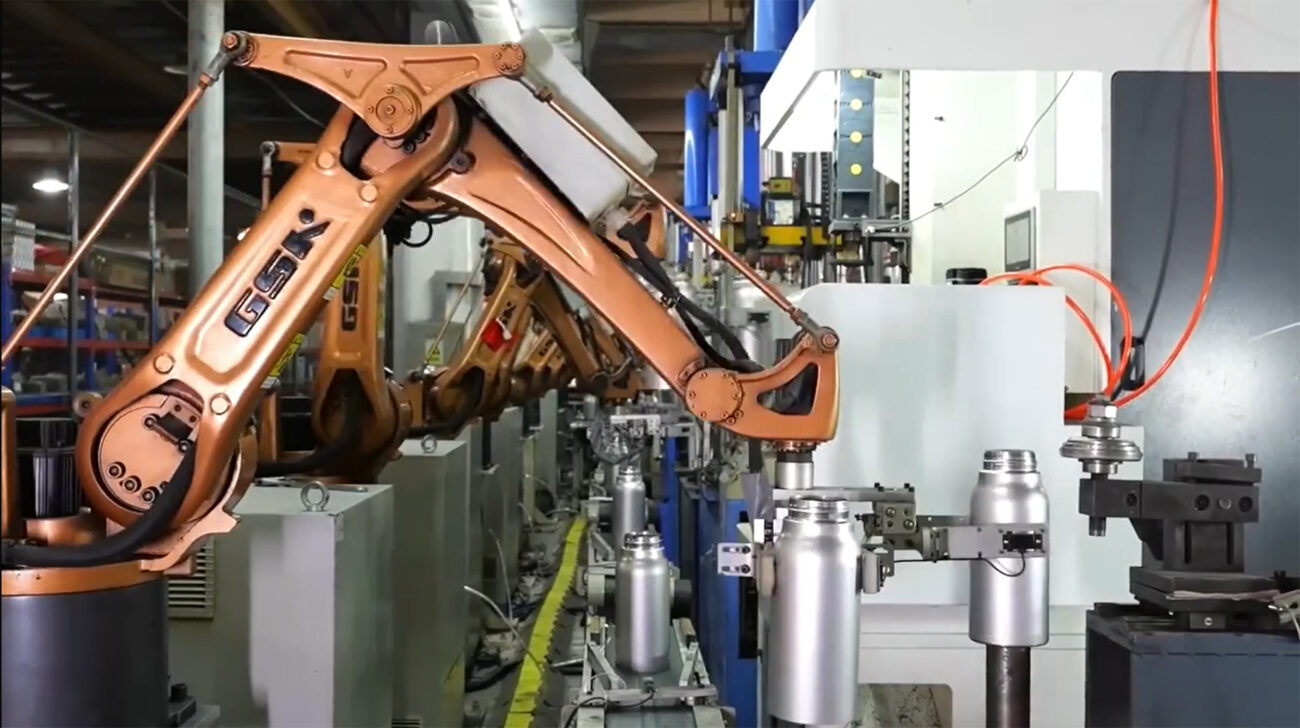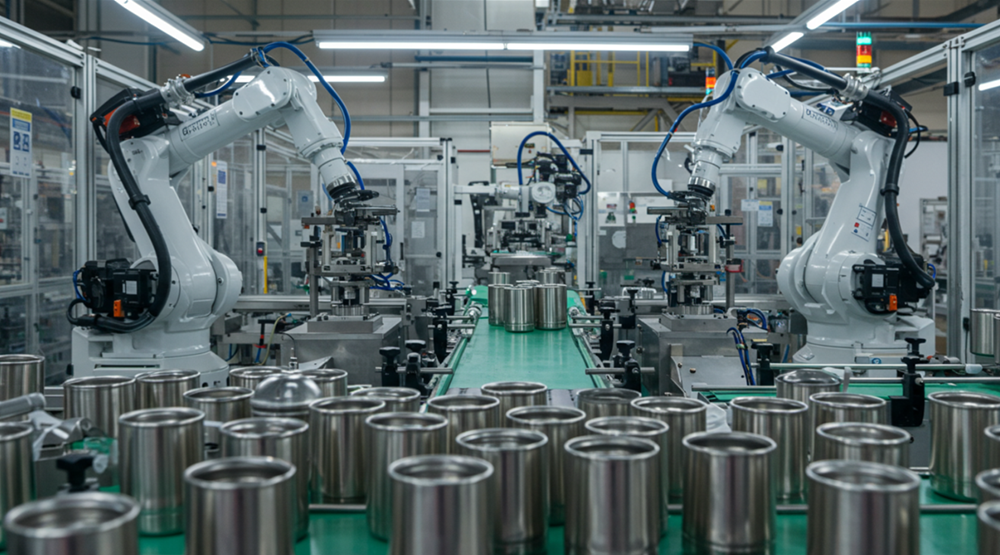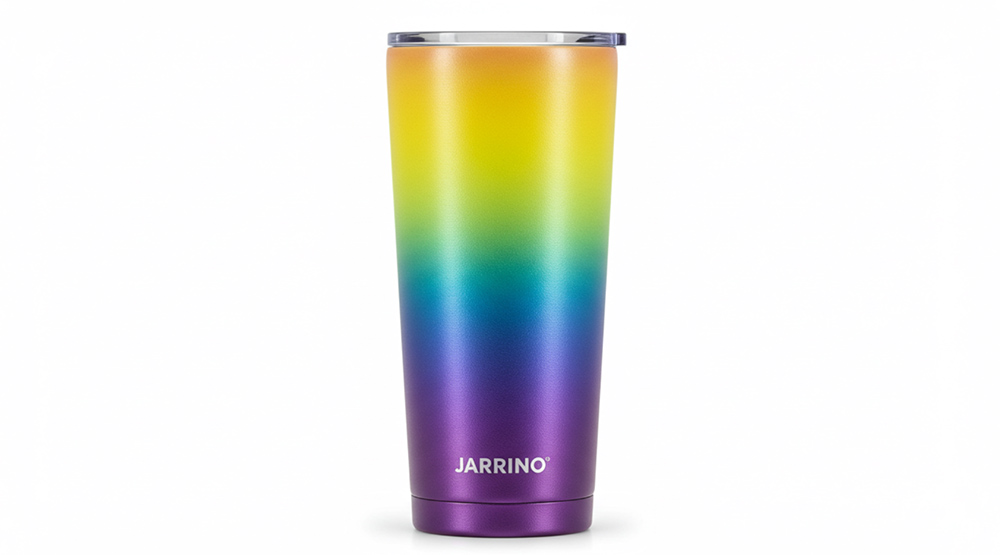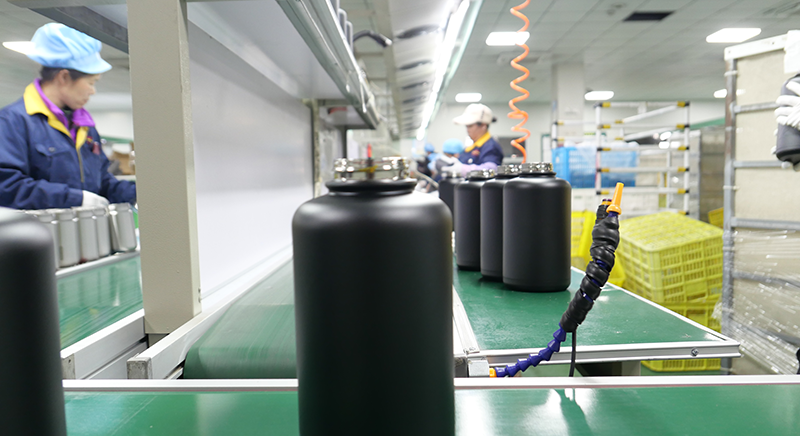Compliance Revolution: Dual-path Upgrade in Custom Tumbler Industry
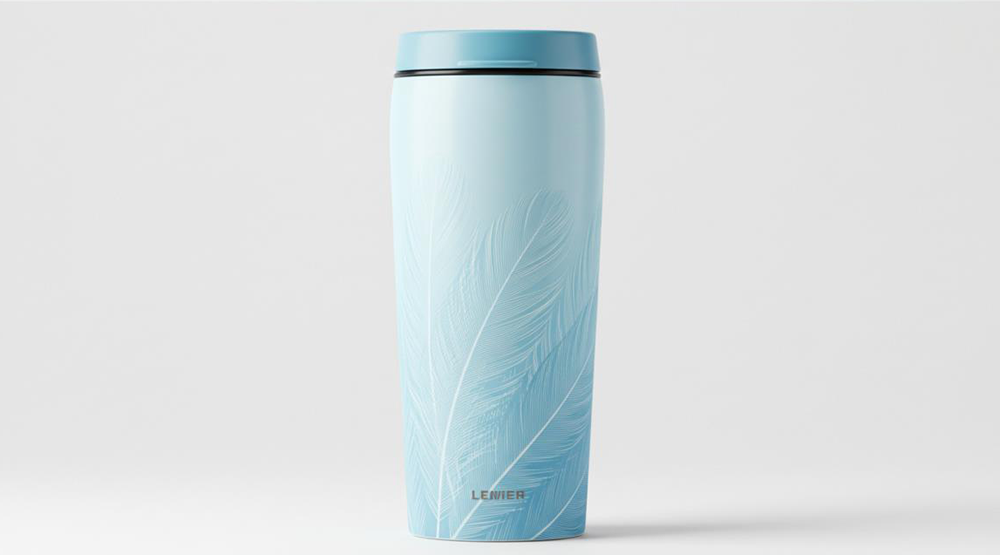
Global food-contact material regulations updated 63% more frequently in 2024, causing $230M losses for Chinese exporters due to certification gaps. This article decodes the dual solution of “standardized production workflow × digital material compliance” through Haier Group’s case study.
Part 1: 12-step Corporate Customization Framework
Part 1: 12-step Corporate Customization Framework
Phase 1: Digital Demand Conversion
- AI questionnaire generates 3D renderings (±0.1mm precision)
- Material decision tree algorithm:
✓ Beverage brands prefer 316L stainless steel (40% better acid resistance)
✓ Children’s products require TR55 silicone (EN14350 certified)
Phase 2: Full Traceability System
- Qingdao OEM’s blockchain solution:
✓ Laser coding traces raw material batches (to smelting furnace ID)
✓ Real-time environment data meets FDA 21 CFR Part 11
Phase 3: Delivery Risk Control
- Drop-test standards by market:
Region Height Cycles EU 1.2m 12 Southeast Asia 0.8m 6
Part 2: Global Food-Grade Certification Guide
Certification Matrix
| Standard | Test Item | Threshold | Market |
|---|---|---|---|
| FDA 21 CFR | Lead migration | ≤0.01μg/ml | North America |
| LFGB §30 | Formaldehyde release | <2mg/dm² | Germany |
| GB 4806.9 | KMnO4 consumption | ≤10mg/kg | China |
| EC1935/2004 | Nickel release | ≤0.12μg/cm²/week | EU |
Lab Test Data (Source: SGS China)
- Hexavalent chromium in 304 stainless steel: 0.003μg/cm² (20x stricter than EU)
- Silicone seal peroxide value: Not detected (LFGB limit: 0.1%)
Business Value of Compliance
Cost Optimization
- Certification front-loading reduces R&D cycle by 22 days
- REACH SVHC screening cuts material scrap rate from 8% to 1.5%
Market Expansion
- Zhejiang manufacturer gained 17% Rakuten share after JFSL certification
- Disney licensee achieved 35% premium via California Prop 65 compliance
As TÜV test reports become “technical passports” for cross-border trade and blockchain replaces paper certificates, tumbler industry competition shifts from production scale to compliance capabilities. Enterprises integrating EN 12546-2 thermal standards with ISO 14067 carbon management are rewriting the rules for next-gen smart containers.
Related Posts
Jarrino: Where Quality Meets Customization in Insulated Bottles
2024 Global Thermos Market Accelerates Transformation
Customized Thermos Cups: Brand Premium & Small Batch Breakthrough | 2025 Trends & Cost Control
When it’s about controlling hundreds of articles, product pages for web shops, or user profiles in social networks, all


